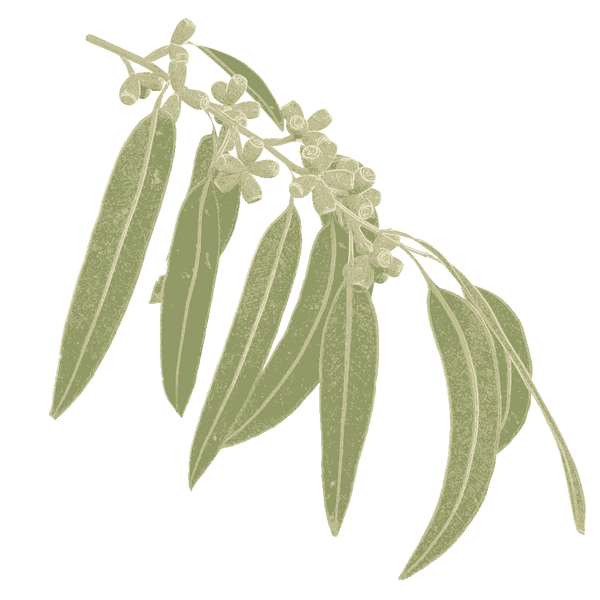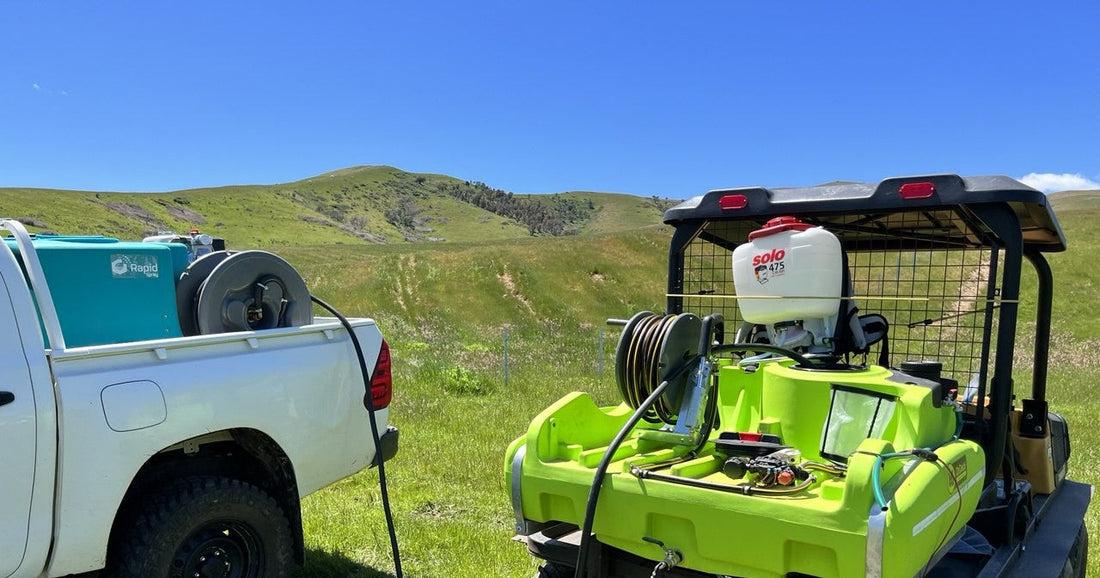Revegetation is a fundamental strategy for restoring ecosystems, enhancing biodiversity, and mitigating environmental degradation. However, the success of these projects hinges significantly on effective weed management. Weeds—particularly invasive and noxious species—pose one of the most serious threats to revegetation efforts
-
Weeds Compete for Resources
Invasive weeds often outcompete native plants for vital resources such as sunlight, water, and nutrients. This competition can hinder the establishment and growth of desired vegetation, leading to poor revegetation outcomes.
-
Weed Seed Banks Persist
Many weeds produce large quantities of seeds that can remain viable in the soil for extended periods. Without proper management, these seeds can germinate and re-establish weed populations, undermining revegetation efforts.
-
Weeds Alter Soil Conditions
Certain invasive species can change soil properties, such as nutrient levels and pH, making the environment less suitable for native plants. This alteration can create a cycle where native vegetation struggles to establish, and weeds continue to dominate.
Effective Weed Management Strategies
-
Pre-Planting Weed Control
Before initiating revegetation, it's crucial to reduce existing weed populations. Methods include:
-
Post-Planting Maintenance
After planting, ongoing weed management is essential to ensure the survival of native species. This includes:
-
Integrated Weed Management
Combining multiple strategies, such as chemical, biological, and physical controls, can enhance the effectiveness of weed management. For instance, integrating herbicide use with the establishment of perennial grasses can suppress weed growth and promote native vegetation.
Local Context: Weed Management in Victoria
In Victoria, Australia, invasive species like Paterson's Curse (Echium plantagineum) and African Love Grass (Eragrostis curvula) are significant threats to revegetation projects. These species can rapidly colonize disturbed areas, outcompeting the newly established native flora and altering ecosystem dynamics.
Effective management of these weeds involves a combination of early detection, rapid response, and long-term monitoring. Engaging local communities and stakeholders in weed management efforts is also crucial for success.
Conclusion
Weed management is not merely an optional component of revegetation; it is integral to the success and sustainability of restoration projects. By implementing comprehensive and adaptive weed management strategies, we can enhance the resilience of ecosystems and ensure the long-term success of revegetation efforts.

